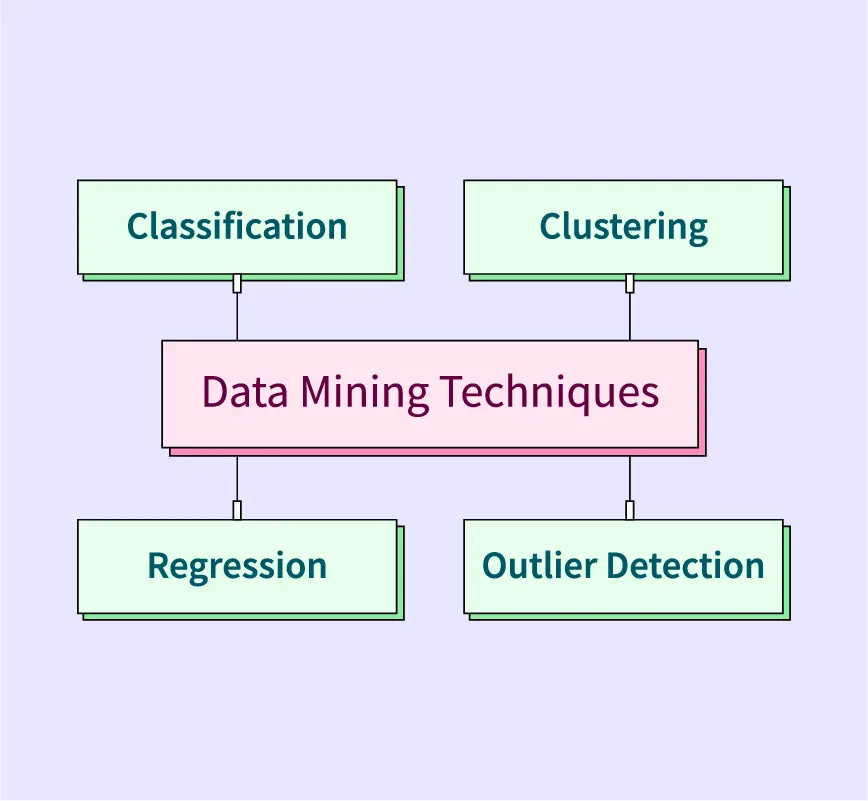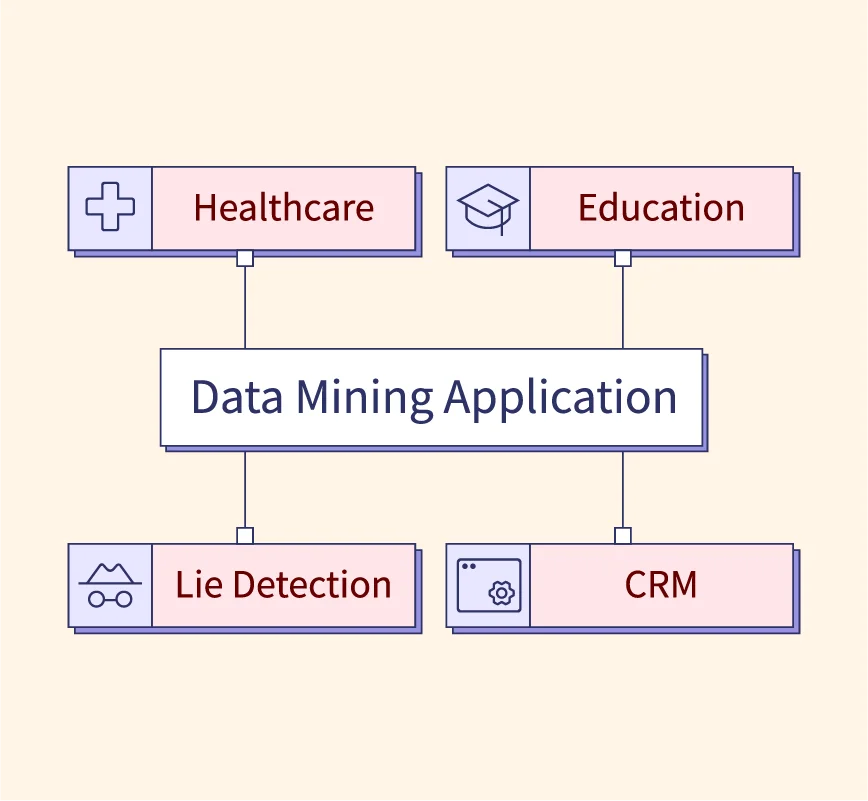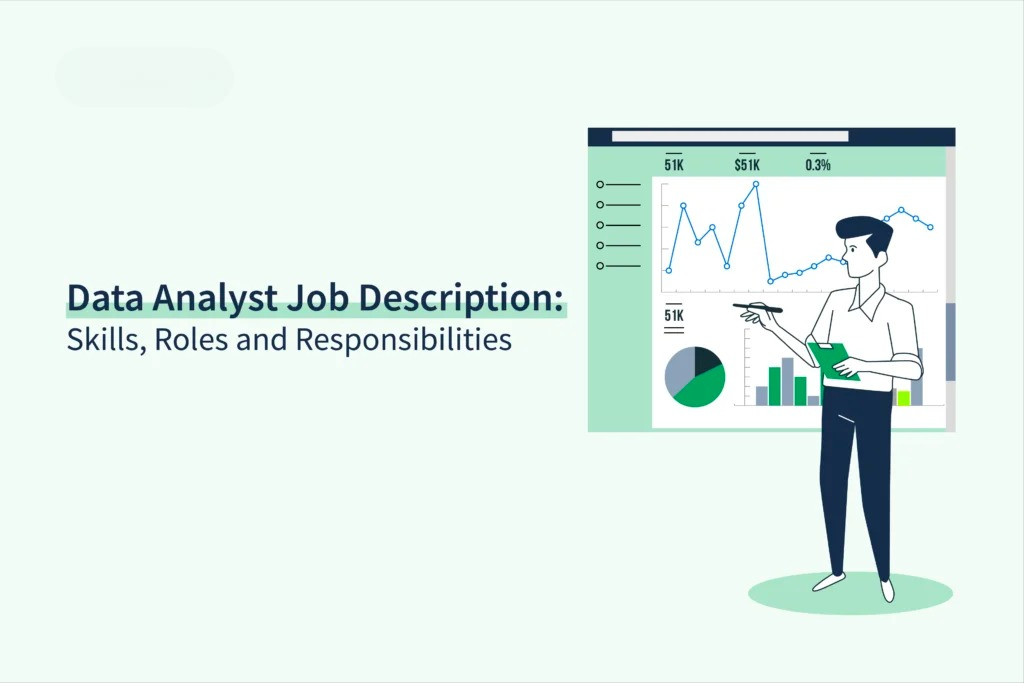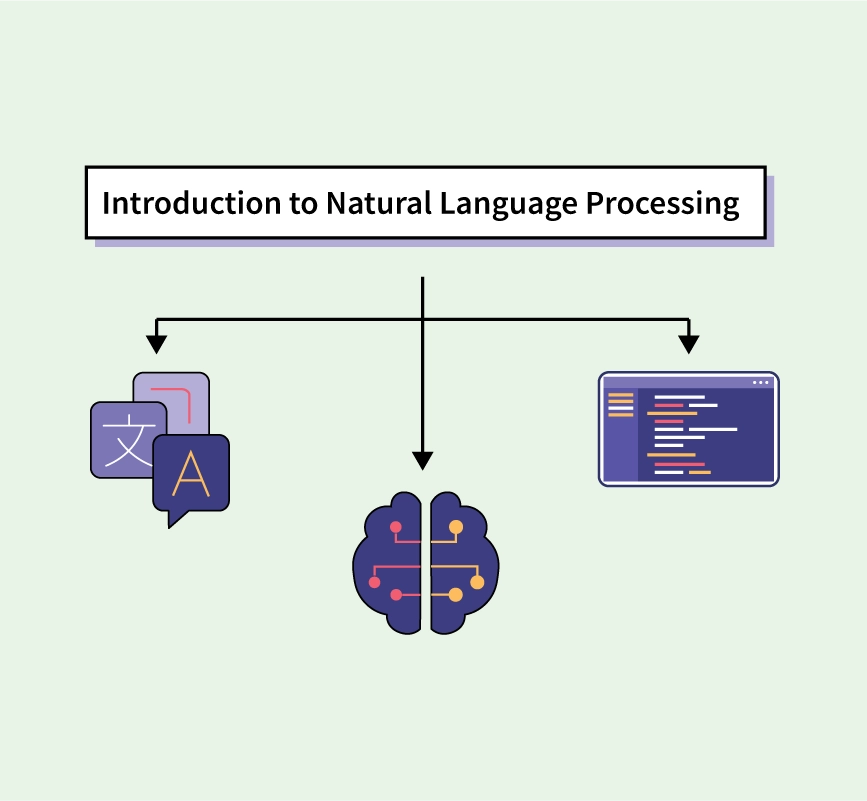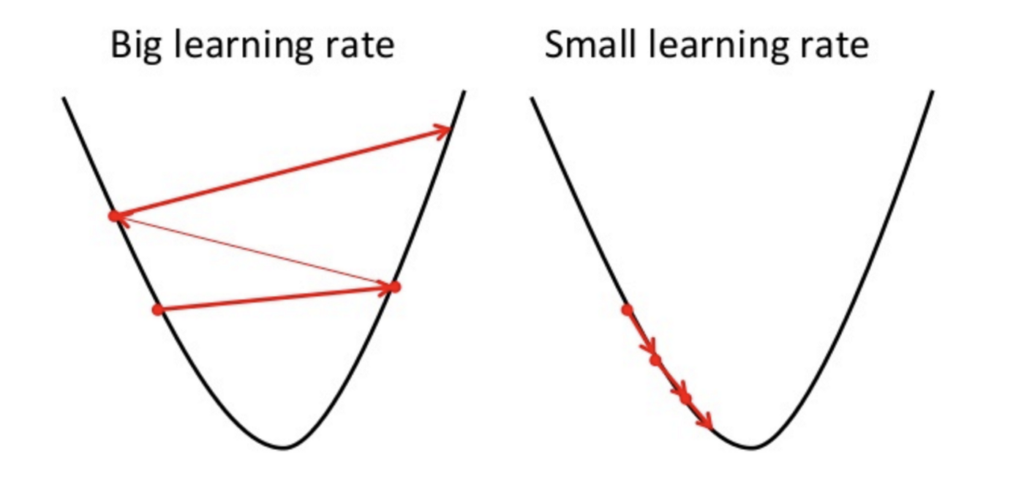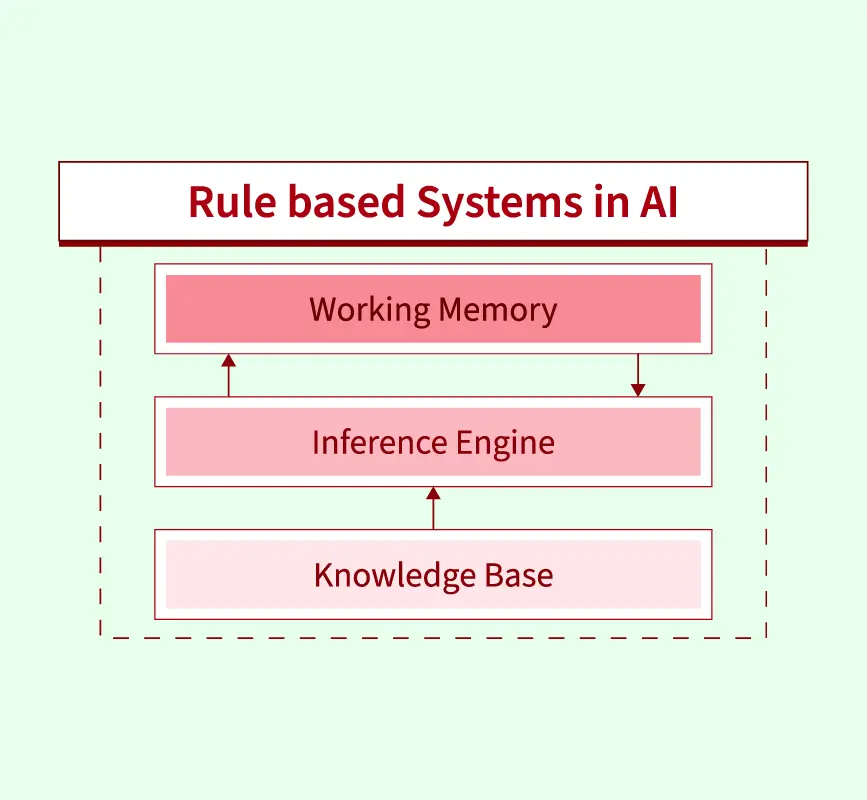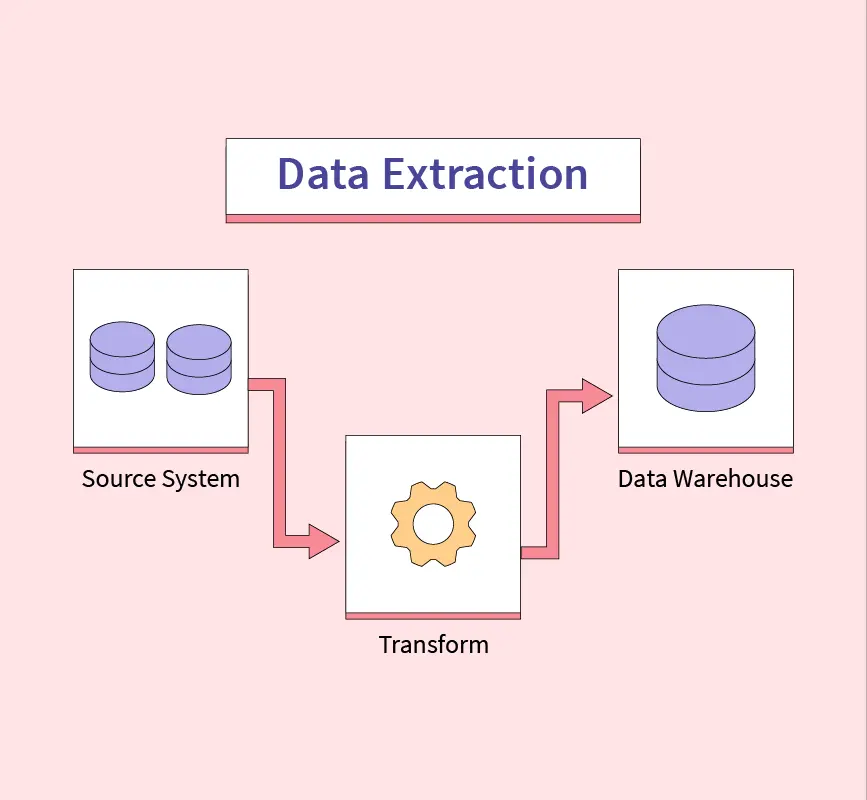Data Mining Techniques: A Comprehensive Guide for 2025
Data mining is the backbone of today’s data-driven industries, enabling organizations to uncover valuable patterns, trends, and actionable insights from vast datasets. By leveraging advanced techniques and algorithms, businesses can optimize decision-making, improve operations, and gain a competitive advantage in an increasingly complex marketplace. Understanding data mining techniques is crucial for professionals and businesses aiming ...
